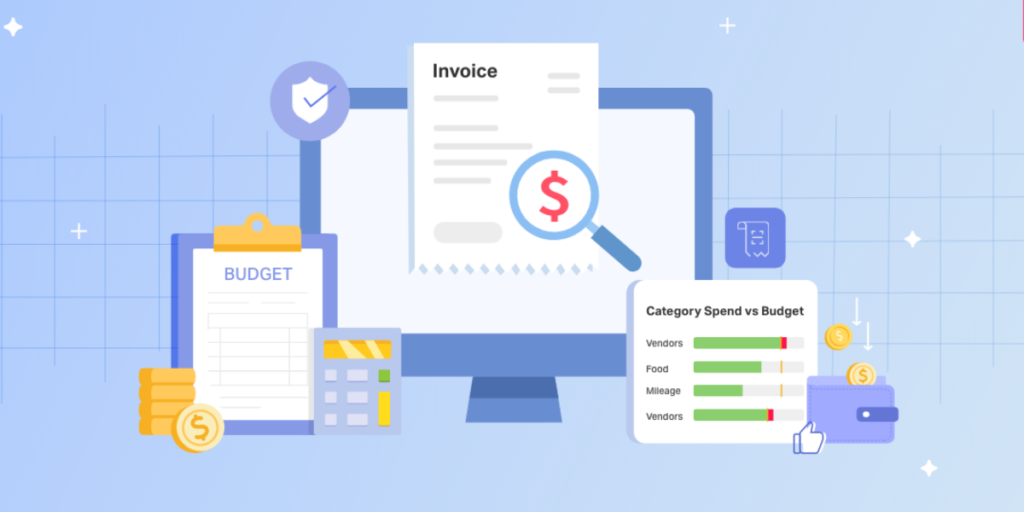The Point: Time Management Mastery is a never-ending goal (battle?) I recently decreased my meeting times in half (going from 60 minutes to 30 minutes). The results have been huge for me (My time is precious, and I recognized that my meetings can usually be much shorter than the suggested 60-minute calendar time). I’m also certain there must be several other ways in which Business Leaders like me can better manage their time. I know that in the digital age, where our calendars are cluttered and our attention is a premium currency, mastering the art of time management has become the difference between leading and lagging. Time optimization is no longer a luxury—it’s an imperative. Here’s a contemporary guide to reclaiming, reimagining, and reshaping your time… Enjoy!
The Age of Digital Detox
Rediscovering Offline Value: It’s no revelation that our devices, while indispensable, also drain our productivity. It’s essential for leaders to set designated ‘unplugged’ hours—periods where screens are off and the real world takes precedence. This not only boosts mental well-being but also cultivates creativity.
The Revival of Prioritization
Embracing the Eisenhower Box: Categorizing tasks based on their urgency and importance can lead to an insightful allocation of time. With tools like the Eisenhower Box, business leaders can swiftly decide what to tackle immediately, what to schedule, what to delegate, and what to set aside.
Rethinking Meetings
The Power of Stand-ups: Gone are the days of prolonged, inefficient meetings. I’ve been witnessing the rise of swift, focused Stand-up Meetings. Limiting attendees and having a tight agenda ensures that only essential discussions consume your hours.
Deep Work and its Undeniable Impact
Crafting Blocks of Brilliance: Uninterrupted chunks of time, dedicated to essential tasks, can result in breakthroughs. By scheduling blocks of time for ‘deep work’, leaders can dive into projects without the consistent ping of distractions.
Automation, AI, and Delegation
The New Work Triad: Embracing AI-driven tools for mundane tasks and entrusting team members with delegated duties frees up invaluable time. The mantra for leaders now is: if it can be automated, optimize it; if it can be delegated, entrust it.
Continuous Learning in Bite-Sized Pieces
Microlearning Modules: The age of day-long workshops is waning. Business leaders are now gravitating towards Microlearning—short, targeted educational bursts that enhance skills without consuming entire days.
Better Ways for Business Leaders to Manage Time
- Digital Detox: Schedule unplugged hours daily. Embrace the value of offline moments.
- Prioritization Matrix: Leverage tools like the Eisenhower Box to determine what’s urgent, important, or neither.
- Agile Meeting Structures: Incorporate stand-up meetings. Limit attendees to those directly involved.
- Deep Work Blocks: Schedule focused, uninterrupted time for critical tasks.
- Automate & Delegate: Use AI-driven tools for routine tasks and delegate when strategic.
- Continuous Learning: Invest in short, efficient learning modules versus long courses.
- Mindfulness Practices: Integrate short meditation or mindfulness exercises to improve focus and clarity.
Embracing Mindfulness Practices for Time Management Mastery!
In the frenetic world of modern business, where one’s attention is constantly pulled in multiple directions, Mindfulness has emerged as an essential tool for leaders. It’s more than just a buzzword; it’s a transformative practice that can foster clarity, improve decision-making, and enhance overall well-being.
The Neuroscience of Mindfulness
The benefits of mindfulness aren’t merely anecdotal. Neuroscience has shown that consistent mindfulness practices can actually alter the structure and function of the brain. It strengthens the prefrontal cortex, responsible for decision-making and impulse control, and dampens the amygdala’s activity, the center for our fight or flight response. For business leaders, this translates to calmer responses in high-pressure situations and a heightened ability to make strategic decisions.
Integrating Short Meditation Breaks
You don’t need to dedicate hours to reap the benefits of meditation. Short, focused breaks, even if just for five minutes, can bring about a noticeable reset. Tools and apps like Headspace or Calm have designed guided meditations specifically for busy professionals. These short sessions can easily be incorporated into your daily routine, serving as a mental recharge amidst a demanding day.
Mindful Breathing for Instant Calm
One of the most accessible mindfulness practices is mindful breathing. When overwhelmed, taking a moment to focus solely on one’s breath—inhaling deeply, holding, and exhaling slowly—can bring instant calm and clarity. This practice anchors the mind and reduces the clutter of scattered thoughts, allowing leaders to approach situations with renewed focus.
The Practice of Present Moment Awareness
Being truly present in the moment is a challenge in our distraction-rich environment. However, honing this skill can be invaluable for business leaders. It means fully engaging in conversations, understanding the nuances of discussions, and making decisions based on the full spectrum of available information. Practicing present moment awareness can start with simple acts, like truly savoring a meal or deeply listening during a conversation, without the urge to multitask.
The Benefits of Mindful Leadership
Leaders who embrace mindfulness often report improved relationships with their teams, better work-life balance, and enhanced innovative thinking. By fostering a culture of mindfulness, leaders not only improve their own resilience and efficiency but also set the stage for an organizational culture that values well-being and sustained focus.
Incorporating mindfulness into one’s leadership style isn’t just about personal well-being; it’s a strategic move that can lead to more effective leadership, enhanced team dynamics, and a clearer vision for the future.
Summary
The landscape of time management is evolving, and with it, the playbook for business leaders. As the year unfolds, I find myself focusing where the emphasis is less on doing more and more on doing what truly matters (You too?) By blending age-old wisdom with modern tools and techniques, today’s leaders can truly turn time management into their most strategic ally!
Sam Palazzolo, Managing Director @ Tip of the Spear Ventures
Sources:
- Newport, Cal. “Deep Work: Rules for Focused Success in a Distracted World.” Grand Central Publishing, 2016.
- “The Eisenhower Decision Matrix: How to Distinguish Between Urgent and Important Tasks.” James Clear. https://jamesclear.com/eisenhower-box.
- “The Benefits of Microlearning.” Deloitte Insights, 2018.
- “The Digital Detox: How and Why to Unplug.” Harvard Business Review, 2020.




